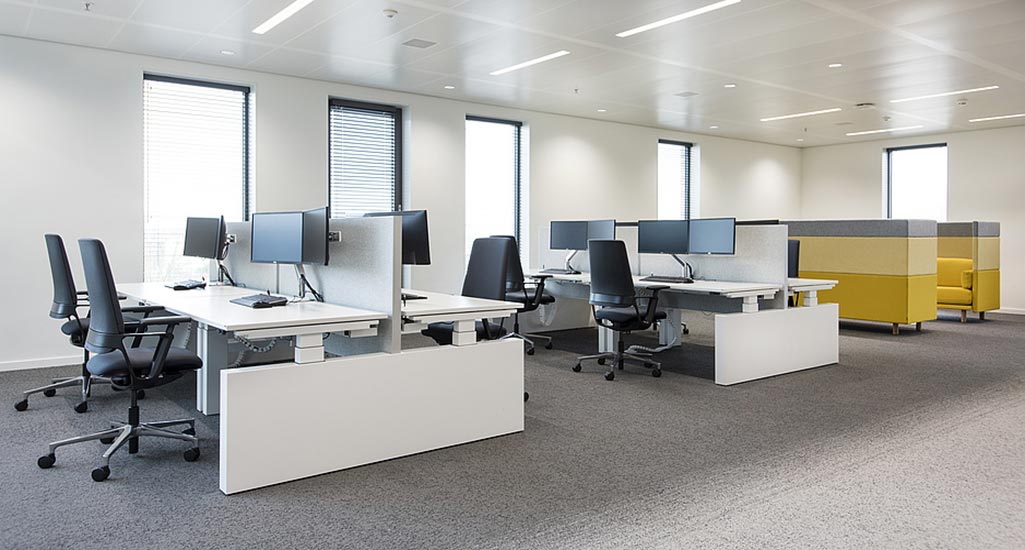In the world of modern work, where productivity is paramount, the significance of optimal office seating cannot be overstated. A well-designed office chair goes beyond mere comfort; it can impact your health, productivity, and overall well-being. In this guide, we will delve into the intricacies of selecting and utilizing the perfect office seating for a more productive and comfortable workday.
Understanding Ergonomics
Ergonomics is the science of designing products, environments, and systems to fit the needs of the people who use them. When it comes to office seating, ergonomic principles are the cornerstone of a comfortable and health-conscious workspace. Chairs that support the body’s natural alignment, provide adequate lumbar support, and allow for adjustments to fit different body types promote good posture and prevent discomfort.
Key Features of Optimal Office Seating
- Adjustability: The ability to adjust various aspects of your chair, such as seat height, backrest angle, and armrest height, ensures that your chair can be tailored to your body’s needs.
- Lumbar Support: Proper lumbar support helps maintain the natural curve of your spine, reducing strain on your lower back and preventing slouching.
- Seat Depth: A seat with adjustable depth ensures that you can comfortably sit back while keeping a few inches of space between the front of the seat and the back of your knees.
- Armrests: Height-adjustable armrests that allow your arms to rest comfortably and your shoulders to relax can significantly reduce strain in your upper body.
- Swivel Base: A chair with a swivel base promotes easy movement and access to different areas of your workspace without straining or twisting.
The Perils of Prolonged Sitting
Prolonged sitting has been linked to a host of health issues, including back pain, poor circulation, and even cardiovascular problems. Optimal office seating aims to counter these risks by promoting movement and active sitting. Some chairs are designed to encourage subtle shifts and adjustments in posture, which engage core muscles and improve circulation while you work.
Tips for a Healthier Seating Experience
- Take Breaks: Even with the best office chair, sitting for long periods isn’t ideal. Aim to stand up, stretch, and walk around for a few minutes every hour.
- Sit Back: Use the backrest to support your lower back while maintaining the natural curve of your spine.
- Keep Feet Flat: Ensure your feet are flat on the ground or on a footrest to support your legs and promote circulation.
- Eye Level and Monitor Position: Adjust your chair’s height so that your eyes are level with your computer monitor, reducing strain on your neck.
- Lean Back Occasionally: Leaning back slightly and changing your posture can reduce the load on your spine and muscles.
A Beautiful Blend of Function and Style
Modern office seating isn’t just about functionality; it’s also about aesthetics. An ergonomically designed chair can seamlessly integrate into your office’s design while offering the comfort and support you need. With a plethora of styles, materials, and colors available, you can choose a chair that complements your workspace’s overall aesthetics.
In the pursuit of a productive and comfortable work environment, investing in optimal office seating is a choice that reaps significant rewards. Remember, the chair you sit in plays a crucial role in your well-being, so take the time to select a seat that supports you in both style and substance. By combining ergonomic principles with your personal comfort preferences, you’ll be well on your way to sitting pretty and working effectively.

